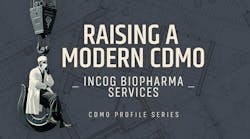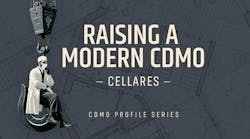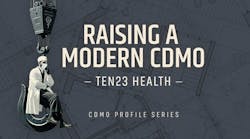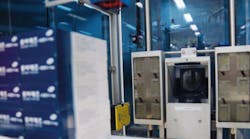The pharmaceutical industry is changing dramatically with new regulations, advances in technology and tighter revenues. As a result, pharma companies are looking for ways to decrease risk and increase efficiency, transparency and collaboration in the supply chain — all in an effort to help them exploit new opportunities and meet the challenges they encounter along the way. Regardless of the niche you may occupy in the industry, here are five pharmaceutical trends to keep in mind that are sure to affect pharma company operations and business success in 2015:
1. Serialization – to combat the circulation of counterfeit drugs, regulation is placing strict demands on companies to be able to track and trace and validate the origin of “medicinal products for human use,” and the ingredients within them. Pharma companies therefore are looking at their supply chains to facilitate visibility and collaboration from end-to-end.
2. Patent Expiry – pharma companies are starting to see patents running out on their “blockbuster” drugs. Companies will need to look at new revenue streams and cost-saving methods. Profit is no longer based on ownership of the molecule, but developing the best strategies to market the right products in new markets and being able to deliver into emerging regions such as Africa.
3. Increase in Generic Drugs – more companies will be offering generic drugs due to patent expiry. This creates challenges in competition and margin pressures.
4. Big Data – pharma companies are increasingly in need of supply chain big data to give them complete traceability of where products are, where there may be risk, areas of growth and if there are any hold-ups. It is essential for intelligent forecasting.
5. Lessons from Retailers – pharma companies will start looking at retailers’ flexible supply chains for lessons. Retailers have lots of suppliers, fragmented markets with very different needs and low margins. They have to channel products to different markets and can’t afford to leave things on the shelf.
TRANSPARENCY AND COLLABORATION
The most effective mitigation strategy against the supply chain risk these trends may introduce is to develop a robust supply chain management system with processes that allow manufacturers to be agile, transparent and collaborative when working with trading partners and service providers. For example, understanding the processes in one’s own plant can be challenging enough, but pharma’s manufacturers need to develop a similar understanding of all the processes that their outsourced manufacturers and suppliers deploy if they are to have a predictable, assured supply chain.
Most companies fail to look at the full picture to mitigate supply chain risk and assure supply. Instead, multiple departments deal with different aspects of the supplier. Procurement negotiates the price, material handlers place the order, logistics determines how to ship, supply chain tracks the shipment and finance determines when to pay. This fragmented, haphazard approach rarely ends well. A holistic alignment with your suppliers is needed across the enterprise to promote and assure supply chain integrity.
Due to the complexity of global sourcing, everyone has an assurance of supply problem to some extent. Pharma’s manufacturers have to be faster and more agile in the supply chain and assurance of supply is essential to competitive agility. The common thread in assurance of supply initiatives is partnering with suppliers by collaborating. Best-in-class companies seamlessly manage all aspects of a supplier relationship.
Diane Palmquist is vice president of Manufacturing Industry Solutions at GT Nexus. The company provides a cloud-based collaboration platform that leaders in nearly every sector rely on to automate hundreds of supply chain processes on a global scale, across entire trade communities. Palmquist’s area of interest is creating supply chain technology solutions for global manufacturers.





